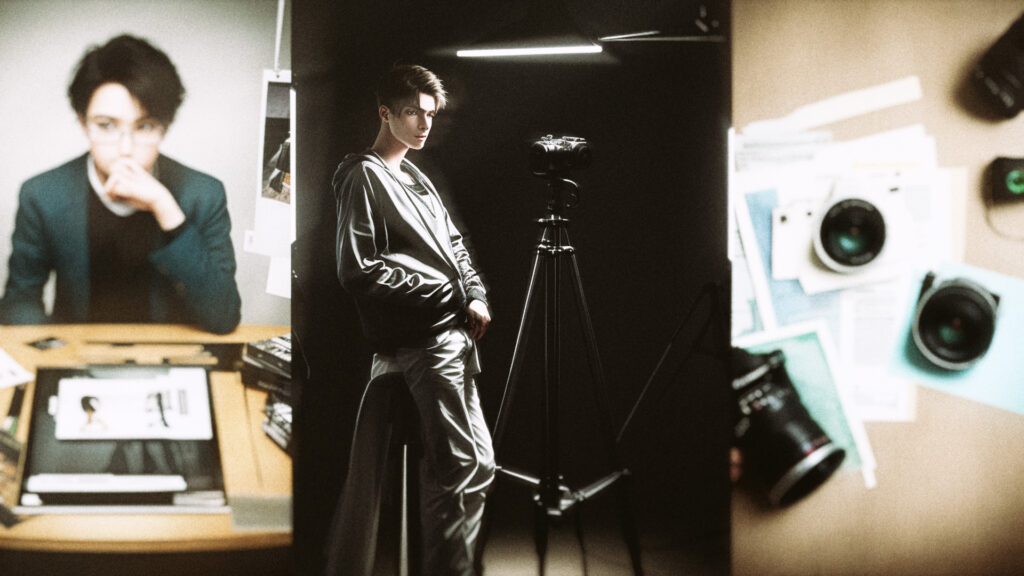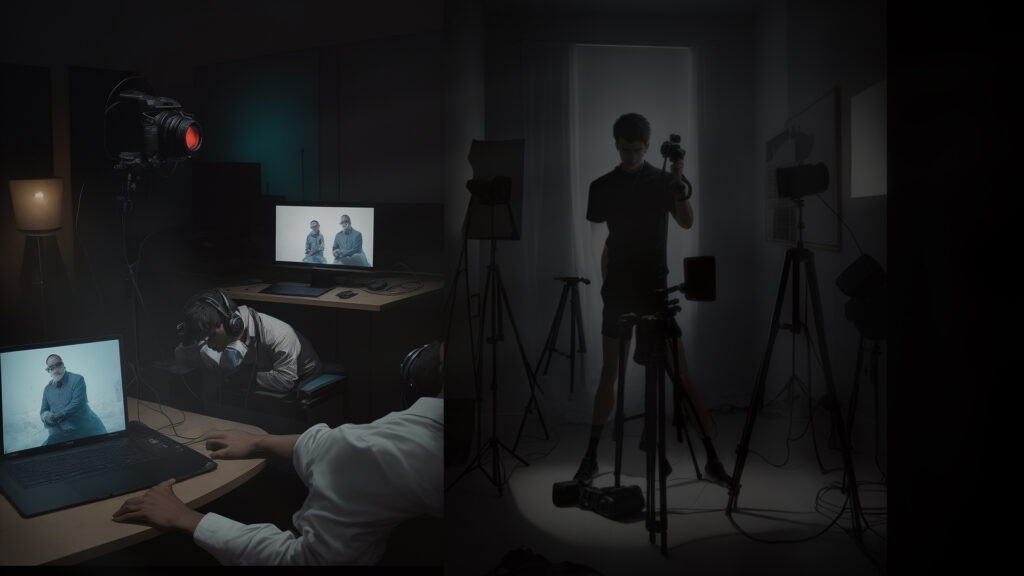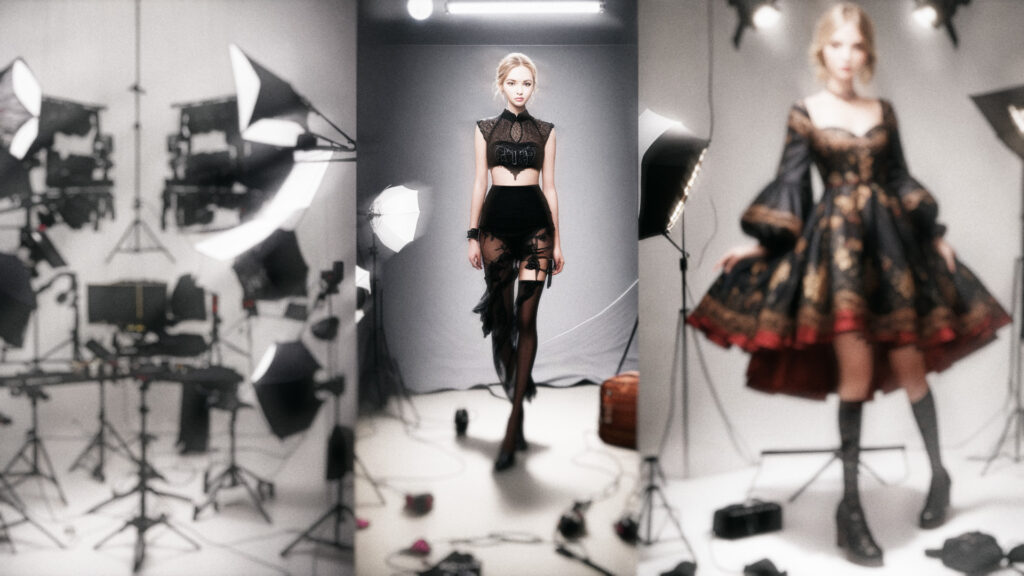Fashion Photography Tips – 10 Brutal Truths
Introduction From the outside, fashion photography appears stunning with its glittering settings, gorgeous models, flawless lighting, and promise of creative freedom. However, there is a much less polished world behind every flawless editorial or luxury campaign. Prepare yourself if you think fashion photography will be all beauty and seamless artistry. Your patience, talent, ego, and occasionally even your sanity will all be put to the test in this field.I’m cutting through the glamour in this post to share 10 harsh realities that all aspiring fashion photographers should be aware of. They are intended to prepare, refine and challenge you to produce the kind of work that truly stands out rather than discourage you. Let’s get started if you’re prepared to advance without sugarcoating. 1.Do not think you can just jump in and run a business because you know how to make photos Being skilled with a camera has nothing to do with managing a business. Fashion photography involves more than simply creating stunning photos; it also involves managing clients, contracts, budgeting, invoicing, marketing, networking, and delivering consistently under duress. Many gifted photographers fail because they undervalue all that occurs outside of the frame rather than because their work is weak. Your business ability is what keeps you booked, even when your artistic vision may draw notice. 2.Photographers pride themselves on knowing it all There are many large egos in the fashion photography industry, and if you’re not careful, you could become one yourself. Many photographers become so engrossed in their own style, methods, and equipment expertise that they overlook the important reality that you can never truly know everything.know what you don’t know, make a list if you don’t know how to find clients, write that down, to increase your ates etc, begin to learn what you don’t know. 3.This Business is about relationship This business is about relationships, people aren’t hiring a photographer they’re hiring a person.How the client percieves you to be nice, easy to work with, on time, well dressed and so on makes up some key marketing points.You can have the best portfolio in the world, but if people don’t want to work with you, it won’t matter. Fashion photography is built on relationships real ones. Clients return because they trust you. 4.Positive client experience is crucial In fashion photography, clients often remember how you made them feel long after they forget the technical details of the shoot.The bitterness of poor quality remains long after the sweetness of low price is forgotten.Customers expect good service but few are willing to give it.This means being organized, communicating clearly, respecting timelines, and maintaining a calm presence even when things go sideways. Clients want to feel confident that you’ve got everything under control. 5.Perception Matters More Than Talent Talent is crucial in the fashion industry, but perception can be more important. Photographers are hired by brands and clients based on their style, professionalism, social presence, reputation, and the story they tell about their work in addition to their expertise. Even if you have extraordinary talent, you will get passed over for someone who just looks more established if your brand is inconsistent, unrefined, or unclear. Opportunity is shaped by perception. 6.Networking Beats Cold Pitches Every Time You might receive one kind response from a hundred cold emails, but one solid relationship can lead to opportunities you were unaware even existed. Personal recommendations, word-of-mouth, and belonging to the correct circles are all important factors in the success of fashion photography. Instead of working with a stranger in their inbox, people would rather collaborate with someone they’ve met, heard positive things about, or seen on set. Being present, encouraging, and truly involved in the creative community is what networking is all about, not being fake. 7.Radical, Consistent Action Is Non-Negotiable Being careful won’t make you stand out in fashion photography. Another way to put things away is to wait for the “perfect idea” or the “right moment.” Radical, consistent action—shooting frequently, updating your portfolio, reaching out, trying, collaborating, and placing yourself in difficult, growth-focused situations—is what really advances your career. Success is the result of hundreds of tiny, deliberate actions taken repeatedly rather than one spectacular break. 8.Your Writing Skills Matter More Than You Think Although you would think that your photos speak for themselves, your comments have a lot of weight in the fashion world today. Strong writing may improve your professionalism and make your vision clear, whether you’re describing a creative idea, writing proposals, publishing on social media, or contacting clients. Even if your images are excellent, poor communication, careless captions, or ambiguous briefs might make you appear unskilled. Clear, captivating writing demonstrates confidence, fosters trust, and makes it easier for others to see the value you offer. 9.Planning and preparation are cornerstone of success Excellent fashion photography is not something that just happens. Every beautiful photo is the result of extensive preparation, including mood boards, shot lists, location checks, outfit coordination, equipment preparation, and a well-organized timetable that keeps everyone on the same page. When you plan beforehand, you may foresee issues, minimize disruption, and allow yourself to be creative on set. 10.Be Introspective About Your Work Self-reflection and creativity are equally important aspects of fashion photography. Photographers who are ready to critically examine their own work are the ones who develop, even when it’s easy to get sucked by trends, client expectations, or the pursuit of notoriety. Do you think this picture accurately captures my vision? With each shoot, am I getting better? What should I do differently the next time? You can discover your skills, face your shortcomings, and develop your own voice by being introspective.
Fashion Photography Tips – 10 Brutal Truths Read More »






